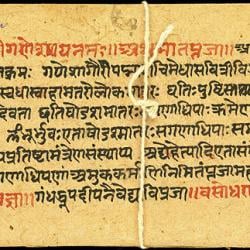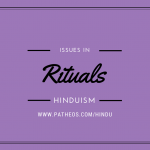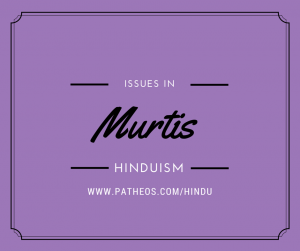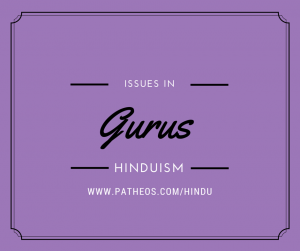 I’ve sometimes wondered if the Ramayana is part of the source material for Snow White.
I’ve sometimes wondered if the Ramayana is part of the source material for Snow White.
Ancient Greeks thought it was a retelling of their Iliad — a beautiful queen is captured and a war is fought to bring her back.
While I’ll admit those elements are missing from Snow White, it has other elements in common with the Ramayana that the Iliad does not:
- Rather than living in a palace, royalty is exiled and living in a hut in the forest.
- Snow White has seven dwarves to protect her, while Sita has her husband Rama and brother-in-law Lakshman, but at a key point in the narrative, they each find themselves home alone when the antagonist comes knocking.
- Both incidents involve food in ways that portray the heroine as charitable in their cultures: in Snow White’s case, she is helping an elderly woman by purchasing apples from her. In Sita’s case, she is feeding a wandering sadhu.
- For each, the person who knocked on the door was in disguise: the evil queen was no impoverished granny and Ravana was no renunciate.
- Both stories feature a jealous woman who is the cause of the heroine’s suffering. The evil queen is Snow White’s stepmother, who is jealous that her own beauty is starting to fade as her stepdaughter’s is blossoming. In the Ramayana, Ravana’s sister Surpanakha falls for Rama, but he doesn’t want another wife because he’s decided to be faithful to Sita. Surpanakha’s jealousy of Sita causes her to lash out. When Lakshman injures her protecting Sita, she runs to her brother and they hatch a plan to kidnap Sita. (The Ramayana also has a jealous stepmother type: Rama’s father’s wife Kaikeyi, whose desire to see her own son made king is the entire reason for the forest exile.)
- In the end, Snow White is saved by Prince Charming, while Sita is rescued by the Prince of Ayodhya.
- The evil queen played by Charlize Theron in Snow White and the Huntsman is even named Ravenna. (Not the same name, of course, but as a writer, if I wanted to find a European-sounding female version of the name Ravana, I don’t think there’s a closer match.)
- Snow White and Sita even look alike. While a “fair complexion” is no longer a sign of beauty in Western culture (tanning or bronzing powder is more common), fairness is (controversially) a sign a beauty in India, to the extent that there are commercials for skin whitening creams — even featuring Katrina Kaif, whose complexion has more to do with her white mother than Olay moisturizer. Besides a fair complexion, Snow White’s raven-black hair and blood-red lips were long signs of beauty in India.
A final notable similarity is the effect of these stories on the storytelling of the cultures which inherited them. Throughout South Asia, there are countless versions of the Ramayana and it’s still made into films and used as the inspiration for new stories. Likewise, there are innumerable versions of Snow White in Western novels, graphic novels, films and television shows (two of my favorites have been 2000’s The 10th Kingdom and 2011’s Once Upon a Time).
Note: Although unrelated to the Ramayana, it’s worth mentioning that the evil queen’s question to her magic mirror parallels an incident in another Indian epic poem: Padmavat:
“Who is more beautiful, I or Padmavati?,
Queen Nagamati asks to her new parrot, and it gives a displeasing reply…”














